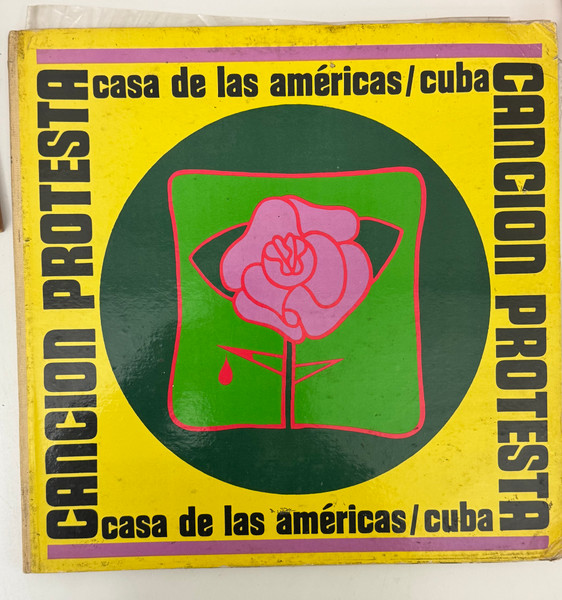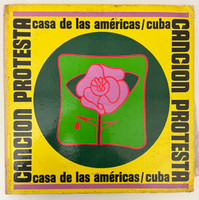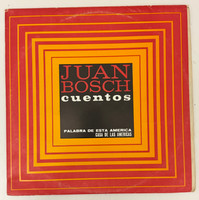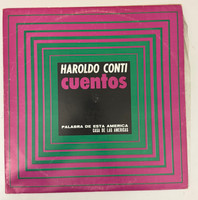- Travel
-
Exhibits
- La Portada Cubana
- Immortal Cuba: Artists Take on Their Heroes
- Seattle Poster Exhibit
- Sandra Dooley & Alejandrina Cué
- The Art of Wayacón
- Cuban Folk Art
- Cuba In Black And White
- 25 Years of Cuban Art Space
- Summer Folk Art Expo
- ¡SPRING AWAKENING FROM CUBA!
- Celebrating The Art Of Cuban Women
- Celebrating Paper, Affordable Art from Cuba
- Art of the Revolution
- Outsider Art
- Lost and Found
- En la lucha: Celebrating Cuban Women and Their Art
- Cuban Art Stash
- 100 Fires: 5 Cienfuegos Artists' Work on Paper
- Waya + Monte! Magic Realism in Cienfuegos
- Viva Cuba Viva! Poster Show
- Cultivando Sueños
- Black Lives Matter in Cuba Jan 9-March 27
- Leandro Soto: Crónicas visuales
- Cuban Canvas
-
Archive
- Global Reflection 2018: Spirit and Community
- Exhibit in the cloud: Contemporary Works on Paper
- MADE IN CUBA! MINNEAPOLIS EXHIBIT
- Cuban Posters and Photography from CCS collection
- AUTUMN SALE! Sept/Oct 2017
- SPRING ARTS AND CRAFT SALE
- Vuelo Directo/Non Stop: Alberto & Alejandro Lescay
- The Many Faces of Fidel
- Somos
- Made in Cuba!
- The US empire in Cuban graphics
- Made in Cuba/Seattle exhibit
- Entre Nos
- Looking Back
- Cuban Art Space
- Membership/Donate
- About Us
- Cuba News
-
"Canción Protesta" documents the first worldwide Encuentro de la Canción Protesta (Protest Song Gathering) held in Cuba in August 1967, organized by Casa de las Américas. This historic event brought together musicians from across Latin America, Europe, Asia, and Africa to celebrate and promote protest music as a tool for social change and international solidarity during the height of the Cold War and anti-imperialist struggles worldwide.
The gathering represented a pivotal moment in the Nueva Canción (New Song) movement that swept Latin America in the 1960s and 1970s. Singers in many different languages—voices raised in protest and hope—came together to demonstrate that diversity of instruments and languages did not make less than the diversity of traditional needs possible, but desirable and necessary. The variety and modernity, simplicity and search for fidelity to deepest human values were found together in each concert, providing the best proof that a community of fines is possible without monotony or uniformity. These songs embodied the struggles and rebellions of today's peoples throughout today's Cuba and the world.
The double LP features performances by legendary protest singers including Angel Parra and Isabel Parra (Chile), Daniel Viglietti, Los Olimareños, Alfredo Zitarrosa, and Carlos Molina (Uruguay), Rolando Alarcón (Chile), Ramón Ayala (Argentina), Pete Seeger and Barbara Dane (USA), Ewan MacCall, John Faulkner, Sandro Kerr, and Terry Yarnell (England), Joan Claude (Haiti), Elena Morandi and Ivon Dalia Meo (Italy), Gerry Wolf (East Germany/RDA), Tran Dung and Pham Duong (South Vietnam), Queum Djo Pascal (Congo Kinshasa), and Cuban group Pueblo.
The cover design is a masterwork of 1960s revolutionary graphic design—a vibrant yellow field dominated by bold black condensed typography reading "CANCION PROTESTA" running vertically on both sides, with "casa de las américas/cuba" at top and bottom. The central image features a dark green circle containing a stylized rose rendered in pink and red with green leaves, enclosed in a wavy red frame against a bright green square. A single red drop of blood falls from the rose stem, symbolizing the sacrifice inherent in political struggle. Pink/purple horizontal bands frame the top and bottom edges. The design perfectly captures the intersection of beauty, revolution, and international solidarity that characterized the protest song movement—the rose suggesting both love and resistance, blooming defiantly within the circular frame.
-
-
Discover More at the Center for Cuban Studies







